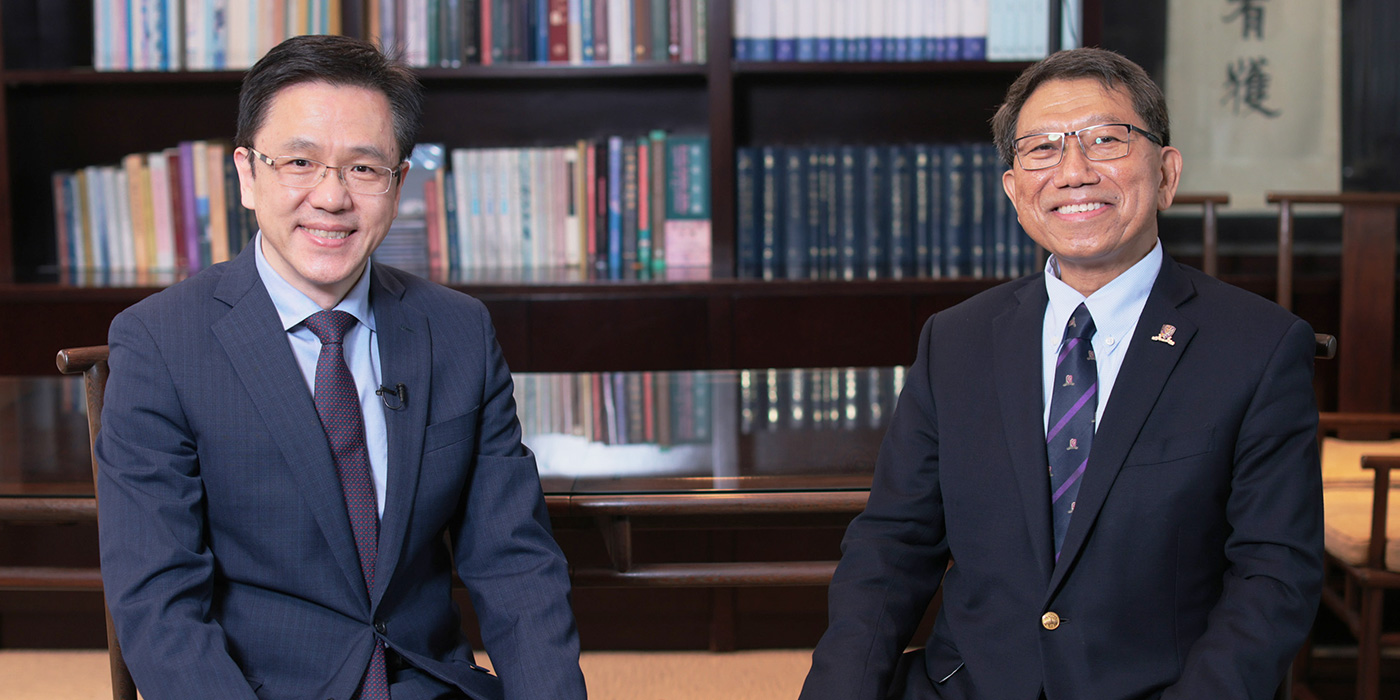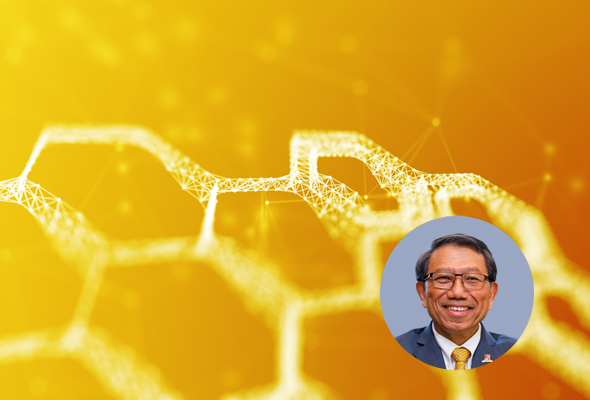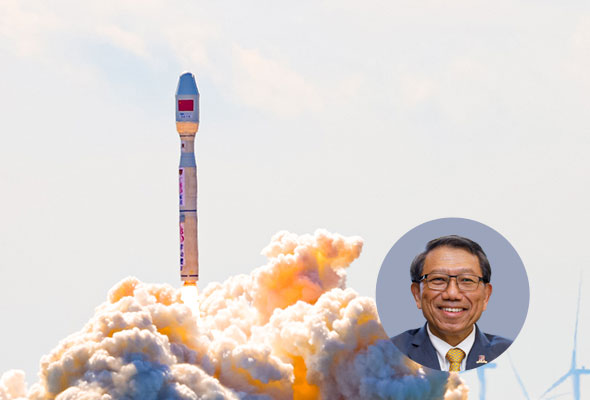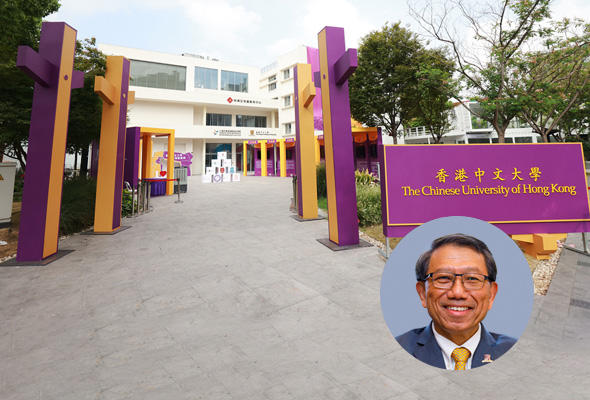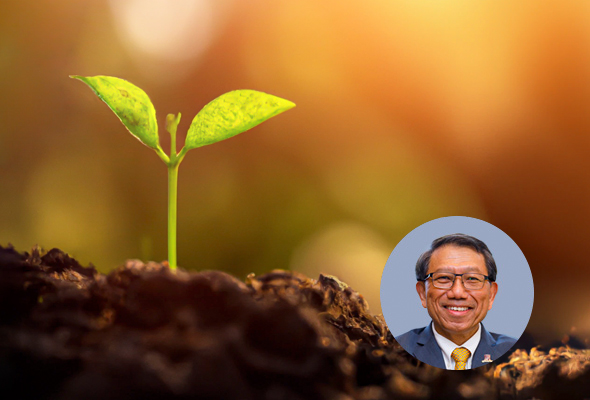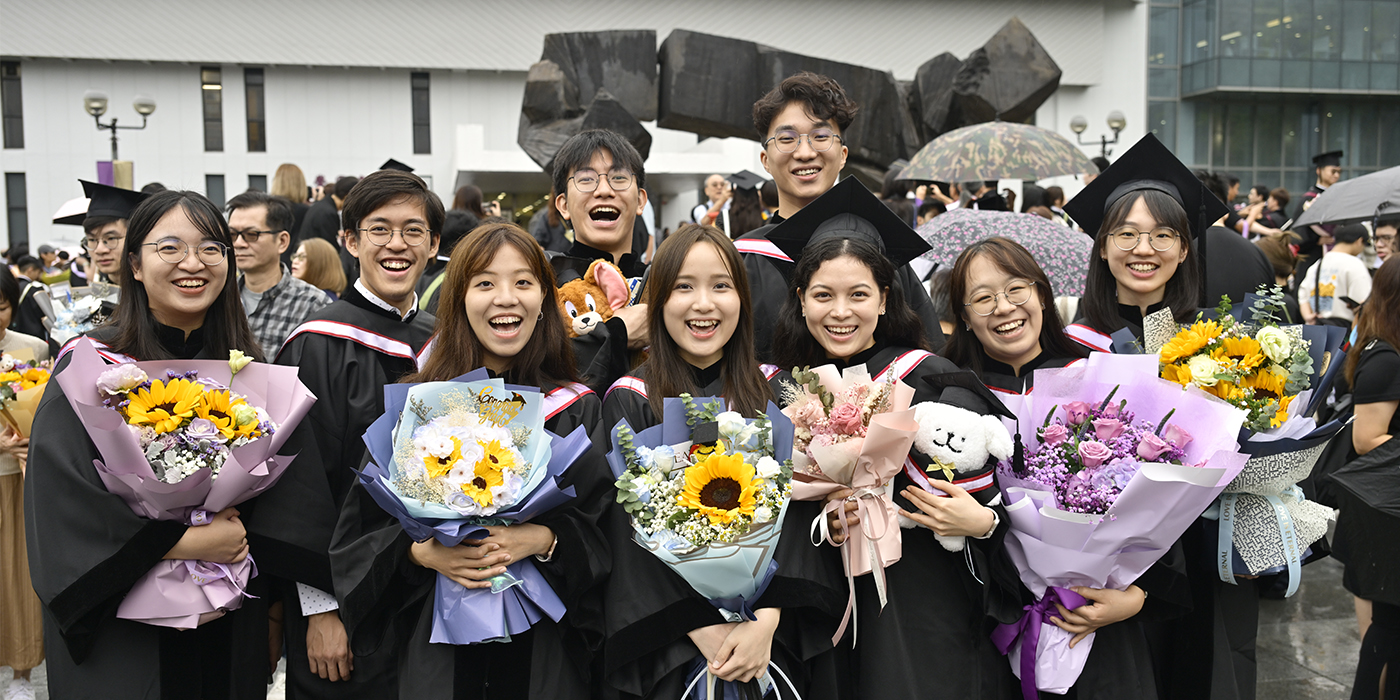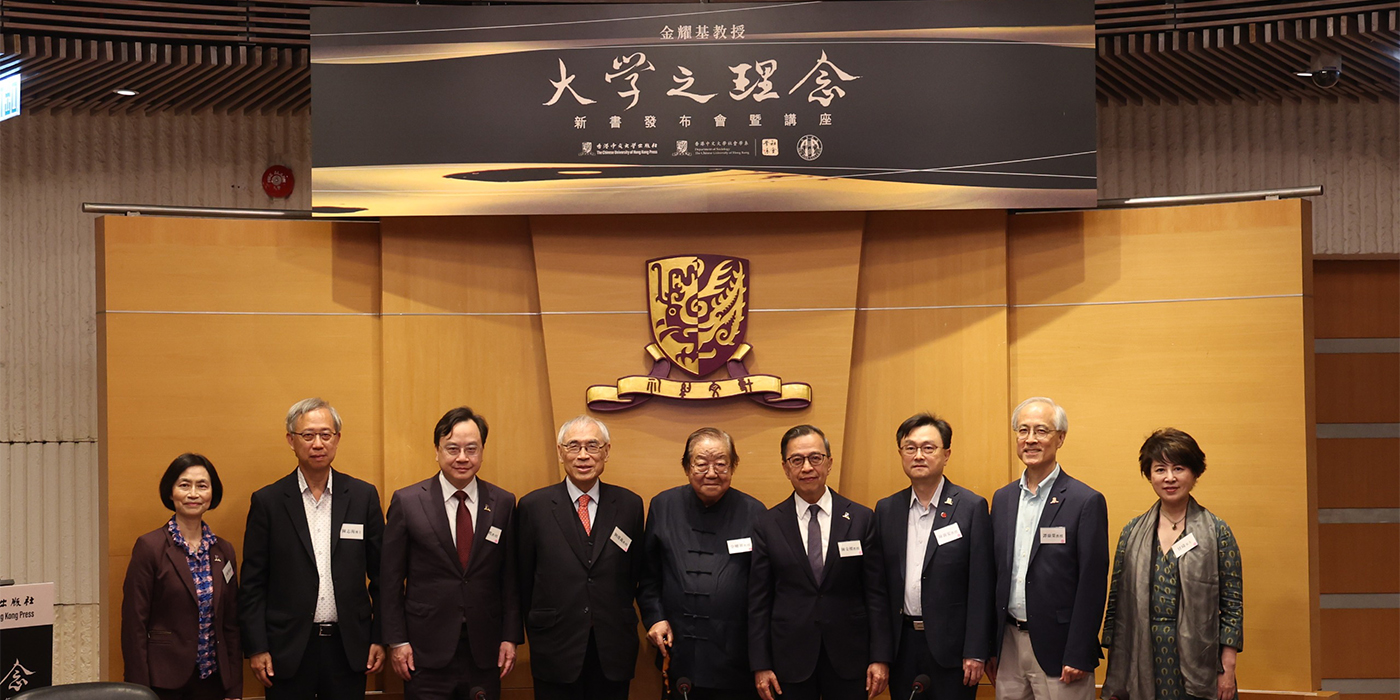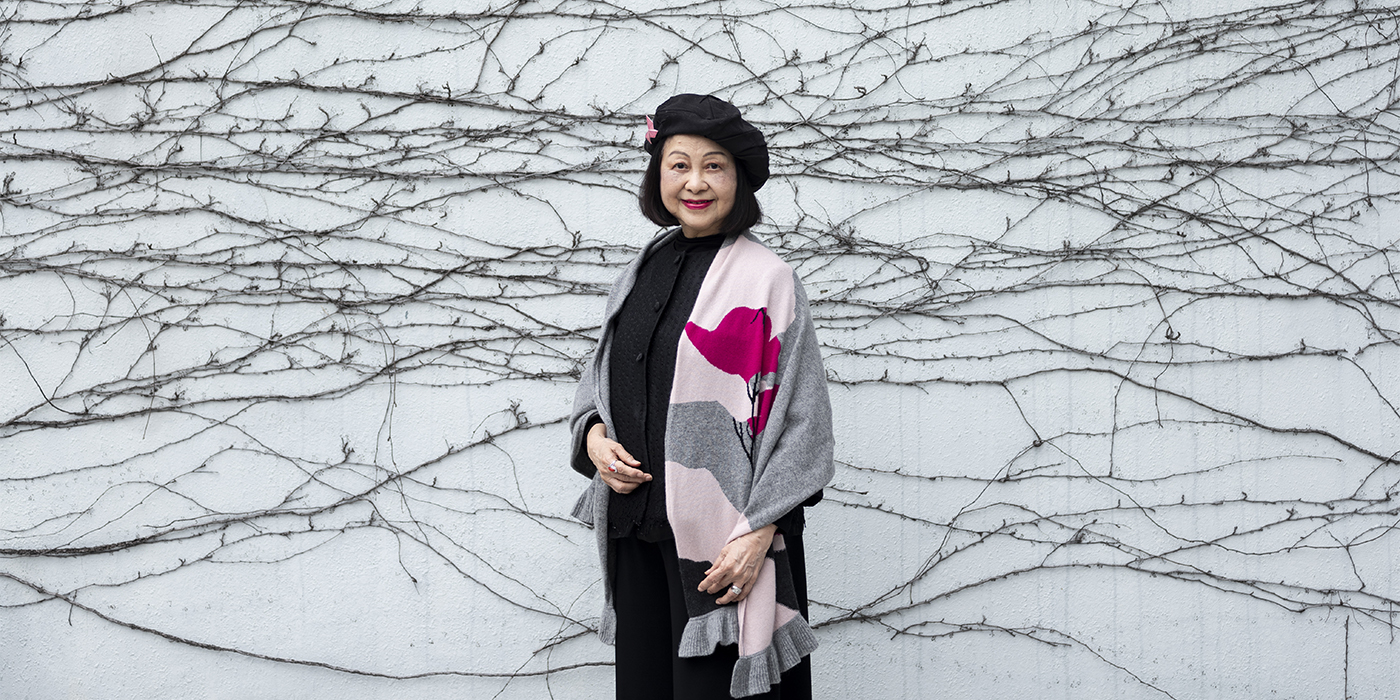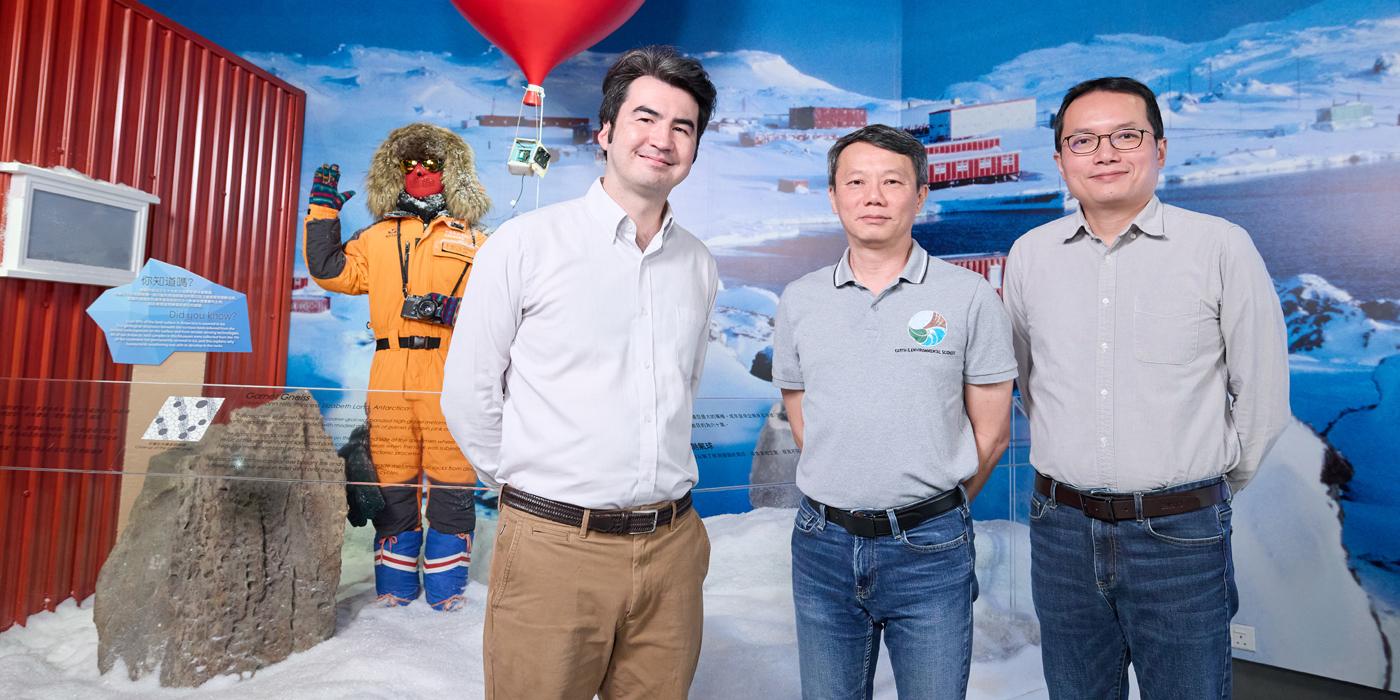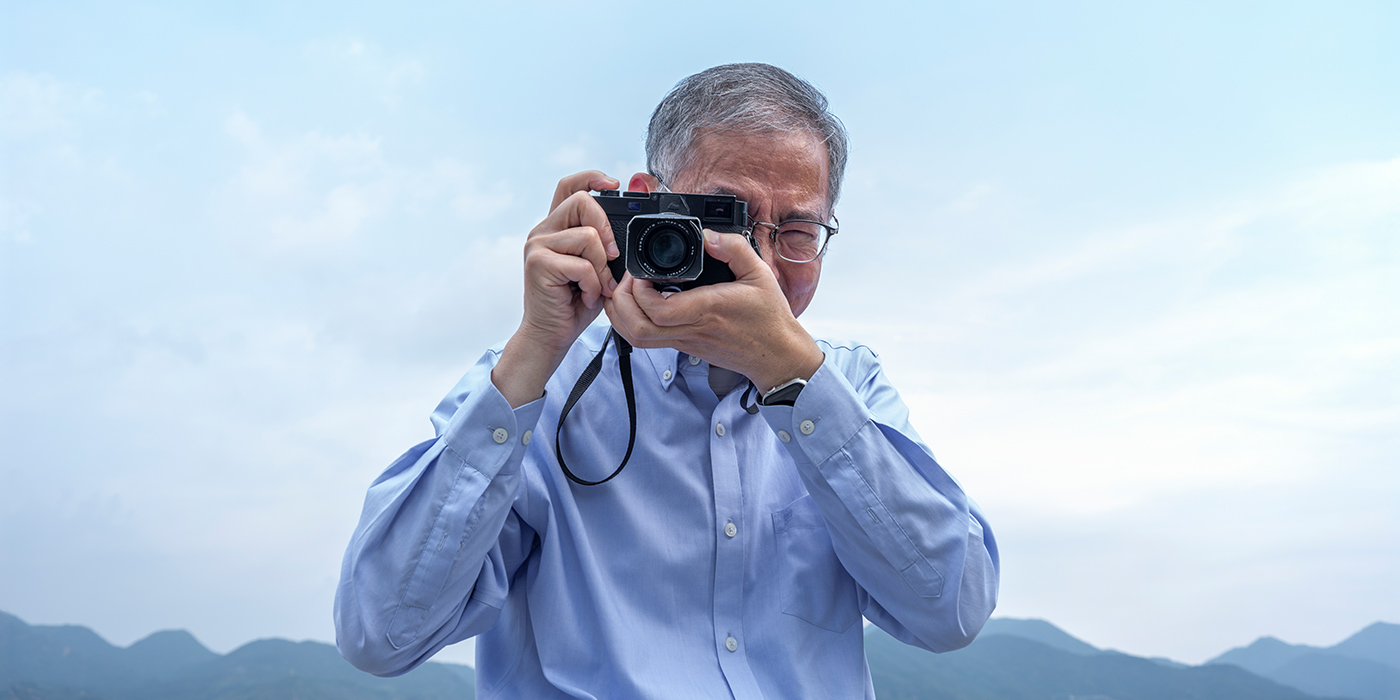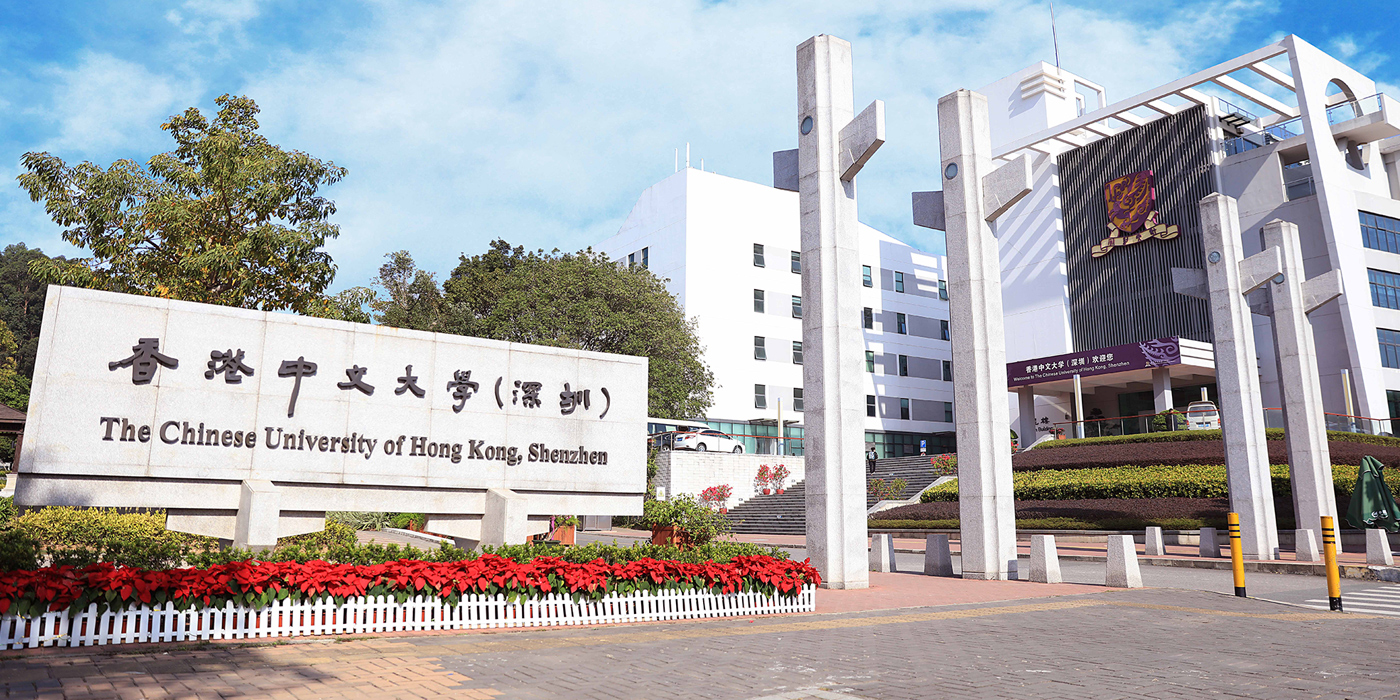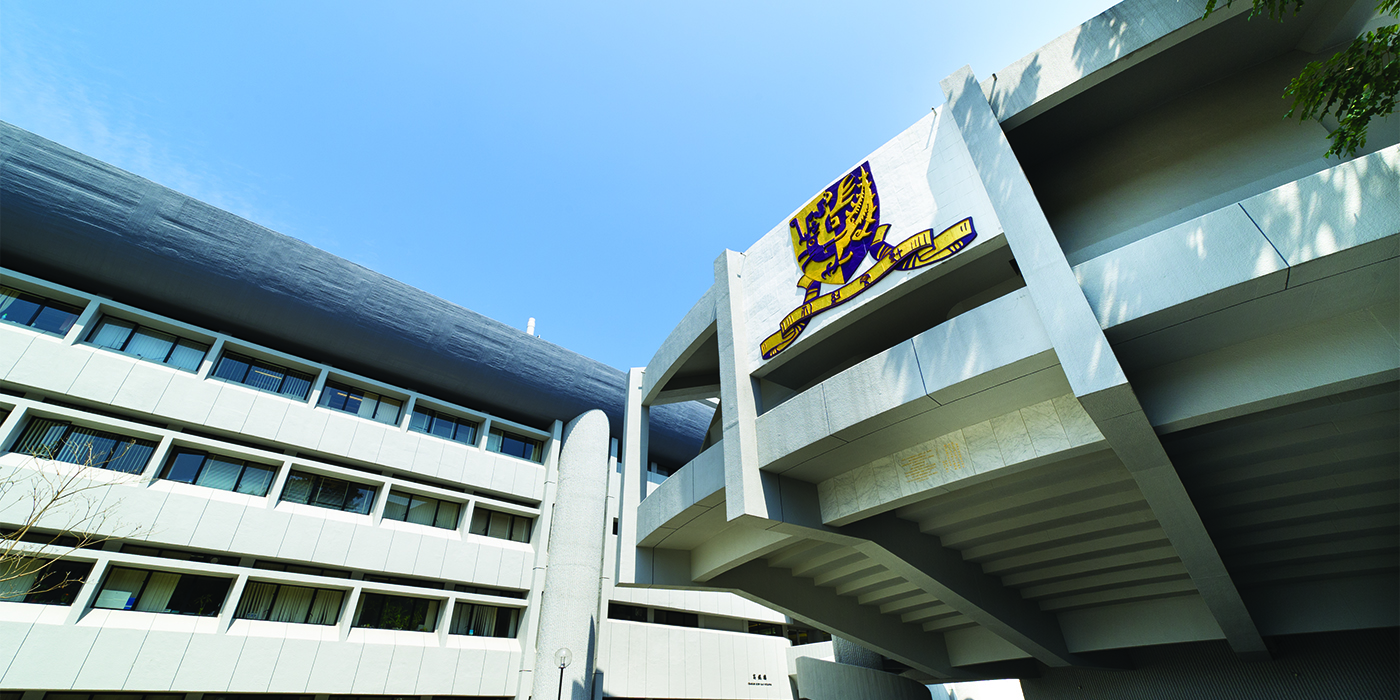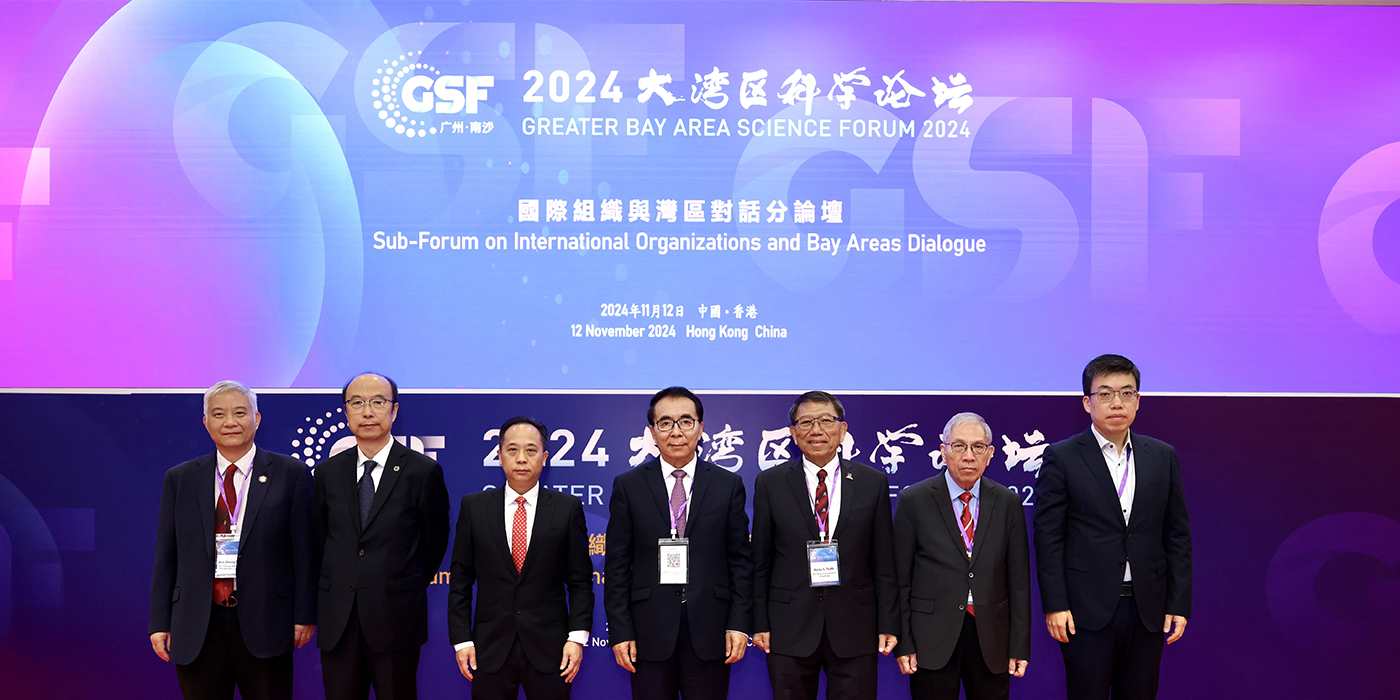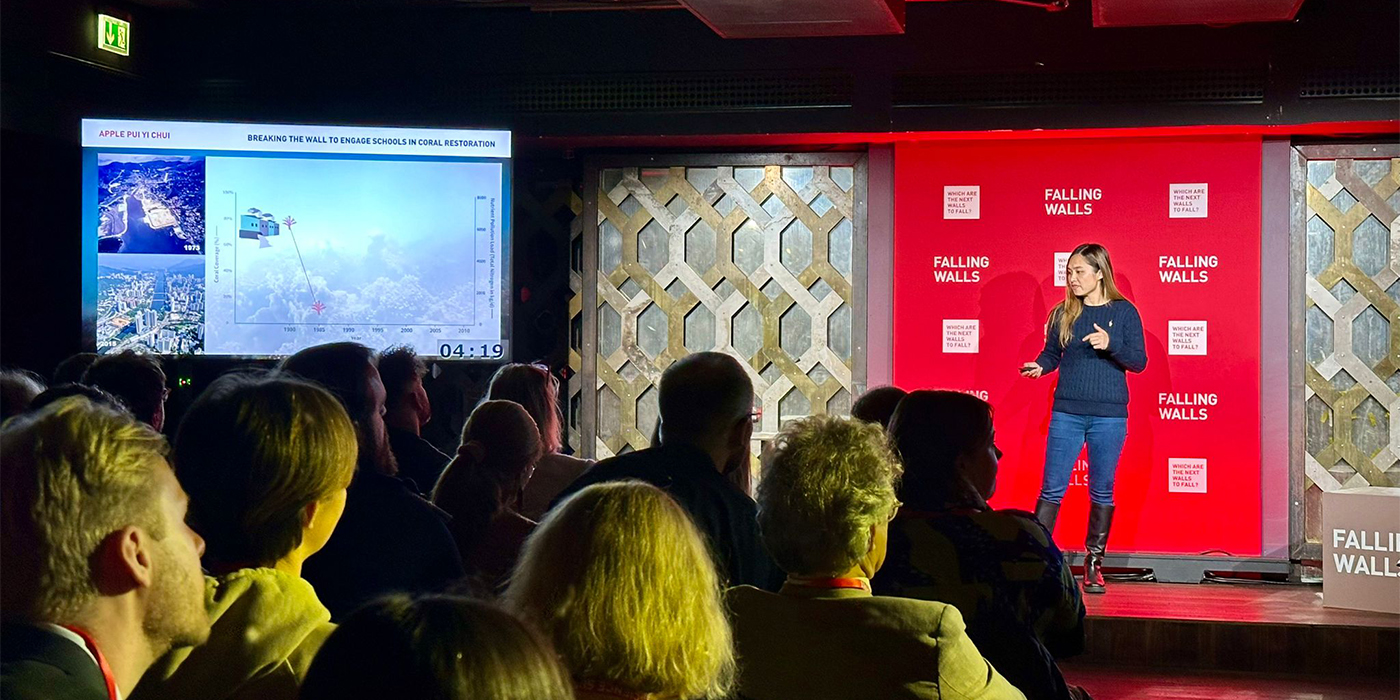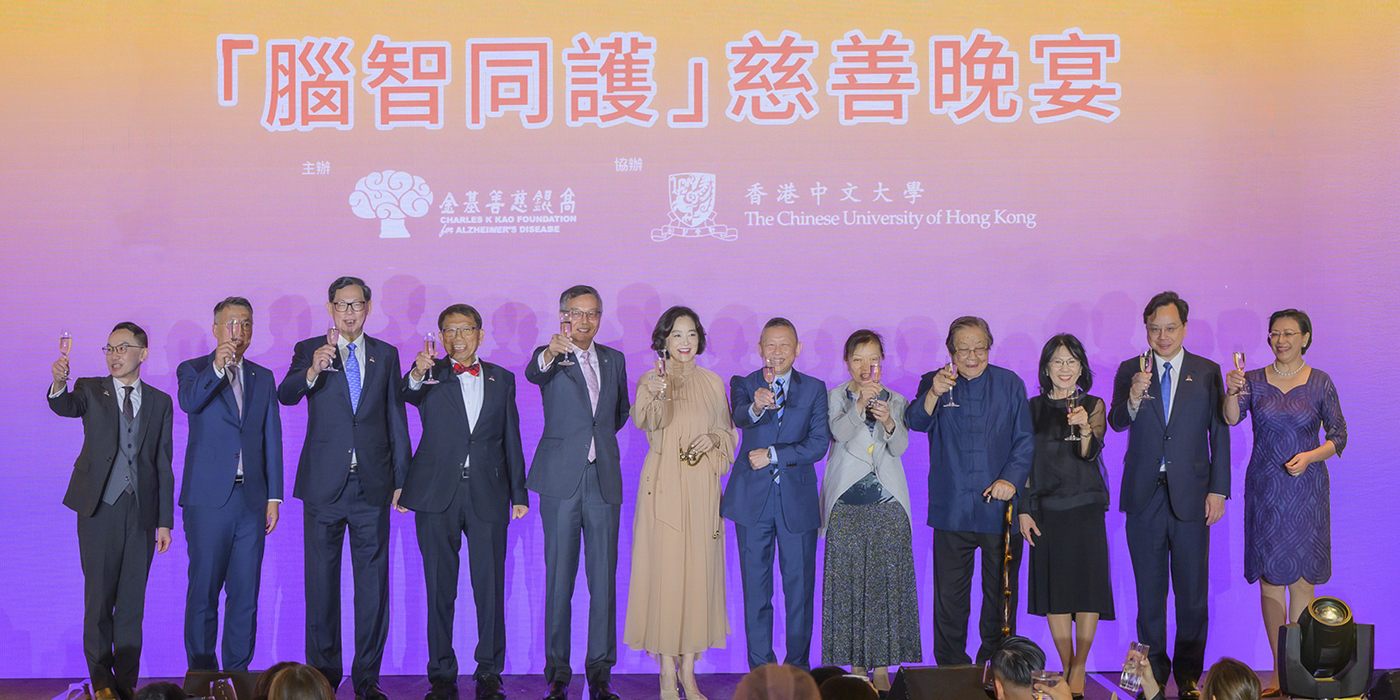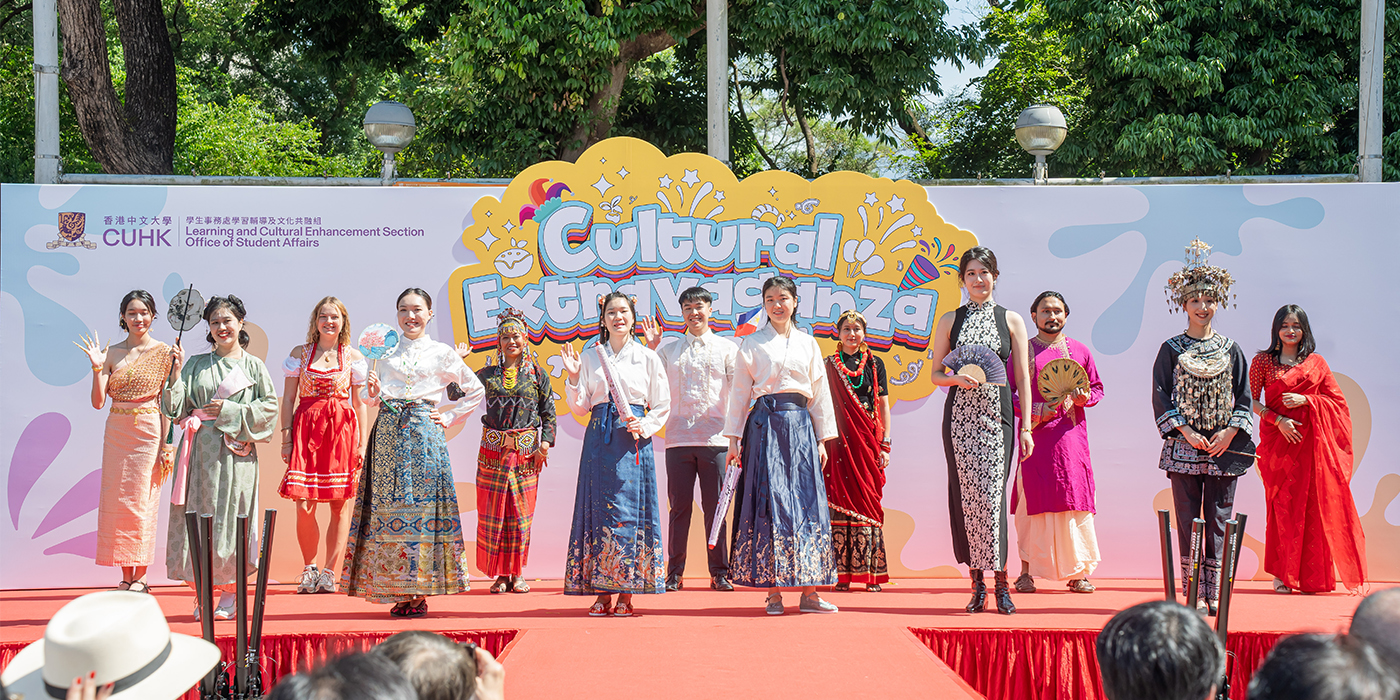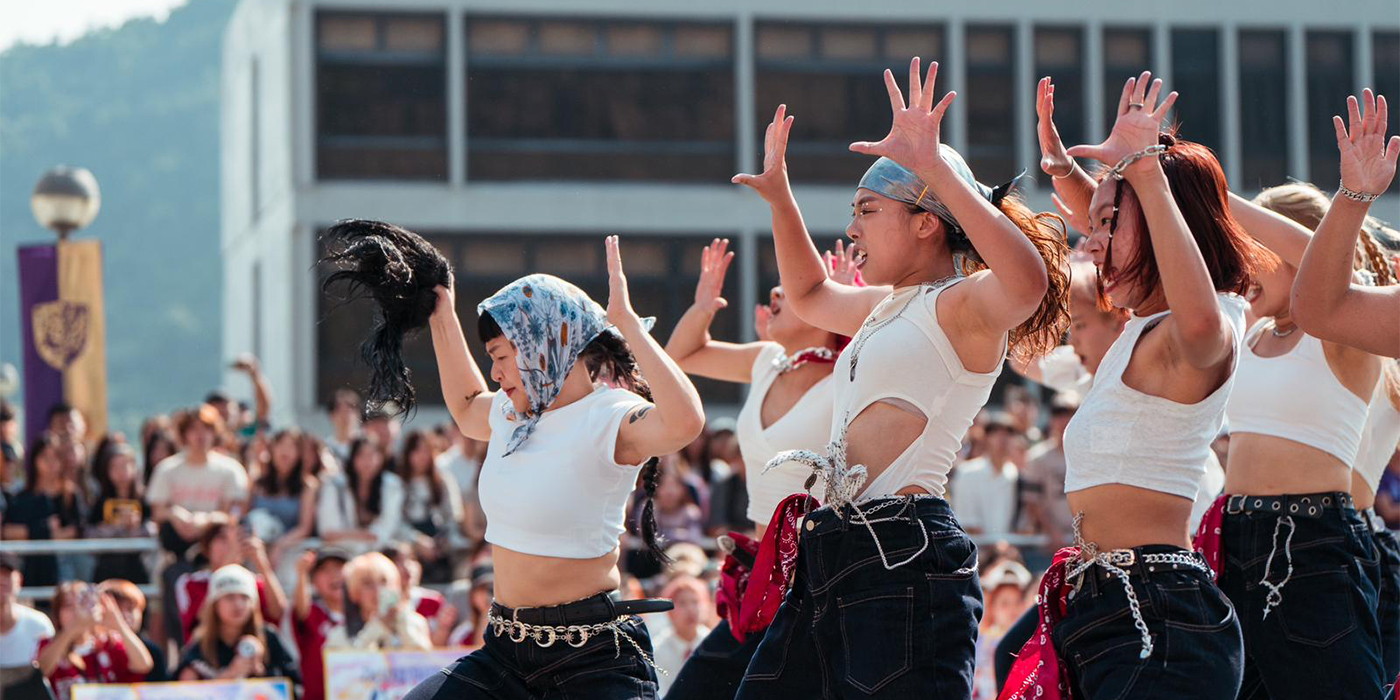Sun Dong recounts his days at CUHK and pins high hopes on his alma mater
I&T minister finds a new path for his second home
In 1992, Sun Dong was asked by the head of Department of Precision Instrument at Tsinghua University, where he was pursuing doctoral education, if he was willing to continue his study in Hong Kong. He said yes without any hesitation but heard no update afterwards.
A year later, he was told to go to the Chinese University of Hong Kong (CUHK) for further study when he received a phone call from Tsinghua’s graduate school. “The news caught me by surprise. I thought CUHK was an institute focusing on Chinese language but I was a science and engineering student. Why was I going there to learn Chinese? I later realised that CUHK is a comprehensive research university with strong international networks,” he recalls.
He came to Hong Kong in 1994 and started his three-year PhD study in robotics and automation. Twenty-eight years on, the Beijing-born scientist was appointed Secretary for Innovation, Technology and Industry of the Hong Kong government. He was the first gang piao, or “Hong Kong drifter”, a term referring to educated individuals from north of the border who now live and work in the city, to be appointed a minister in Hong Kong.
Sun came to Hong Kong out of a coincidence
In an interview with CUHK in Focus during a visit to his alma mater, Professor Sun describes his study at CUHK in the 1990s as “a coincidence”. “At the time, the National Education Committee (the predecessor of the Ministry of Education) sent some students from Peking University and Tsinghua University to pursue doctoral education in several universities in Hong Kong. It was the first time the committee had done so,” he says. “Since the early 1990s, many universities in Hong Kong were developing rapidly and devoting more resources to research. I came to CUHK against this backdrop.”
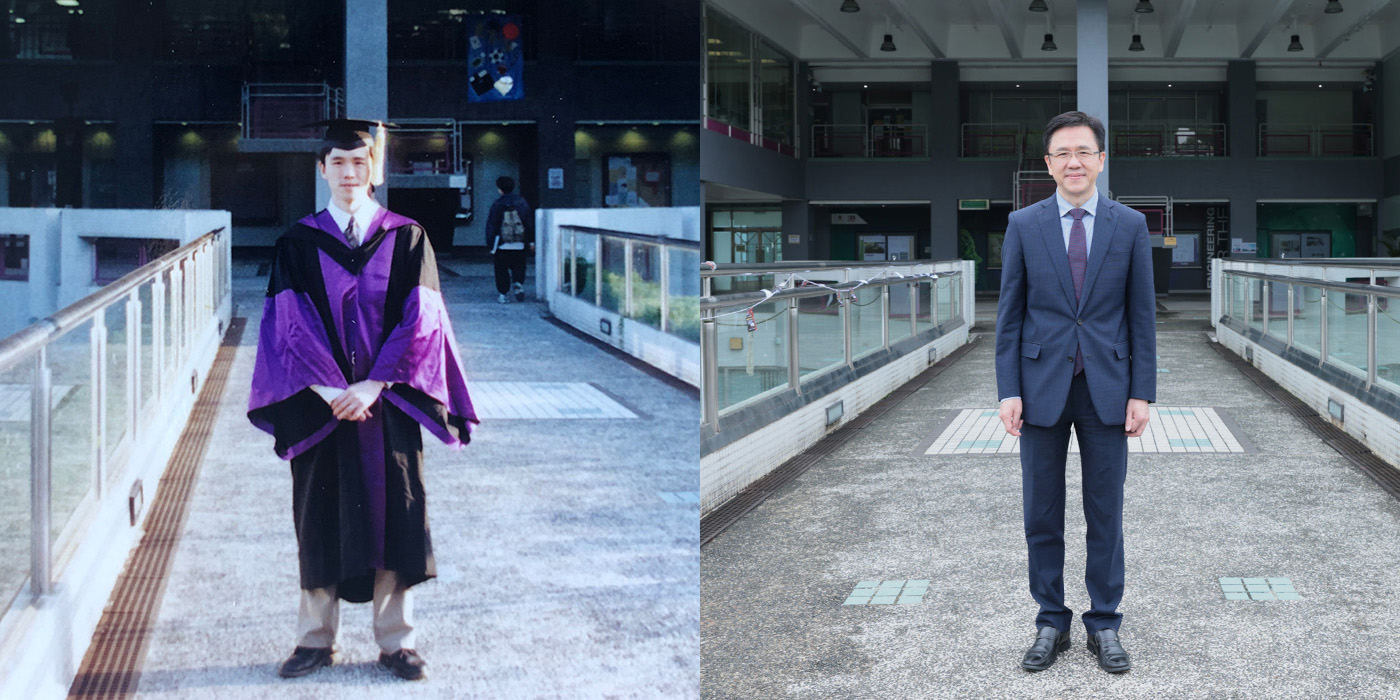
Before setting foot in Hong Kong, his knowledge about the city mainly came from popular culture of the city. “For mainlanders who grew up in the 1980s, watching TV dramas produced in Hong Kong and Taiwan, and listening to songs from those two places were major forms of entertainment,” he says, adding that he still has vivid memory of Love and Passion, a TVB drama aired in 1982 and its theme song.
What struck him in his first month at CUHK was the receipt of what he called “a huge sum of money” when he received his salary based on the scholarship he was granted. “I got more than HK$9,000. What a hefty amount!” he says with a chuckle. “We received less than 100 yuan when we studied on the mainland. It spoke volumes about the discrepancy of living standards between Hong Kong and the mainland at the time.”
“Seriously, what was more unforgettable in my years at CUHK was that I developed a clear idea for my career. I had never thought of becoming a professor, but I changed my mind after realising that in Hong Kong, teaching at university was a profession that commanded respect from the community.”
A quarter of a century after leaving the university campus, he still vividly remembers CUHK teachers who inspired him, including Dr Shi Xiaolun and Professor Liu Yunhui. The minister walks down memory lane during his visit to buildings of the Faculty of Engineering, during which he reunites with Professor Liu at CUHK T Stone Robotics Institute. Professor Liu, Choh-Ming Li Professor of Mechanical and Automation Engineering, is the institute director.
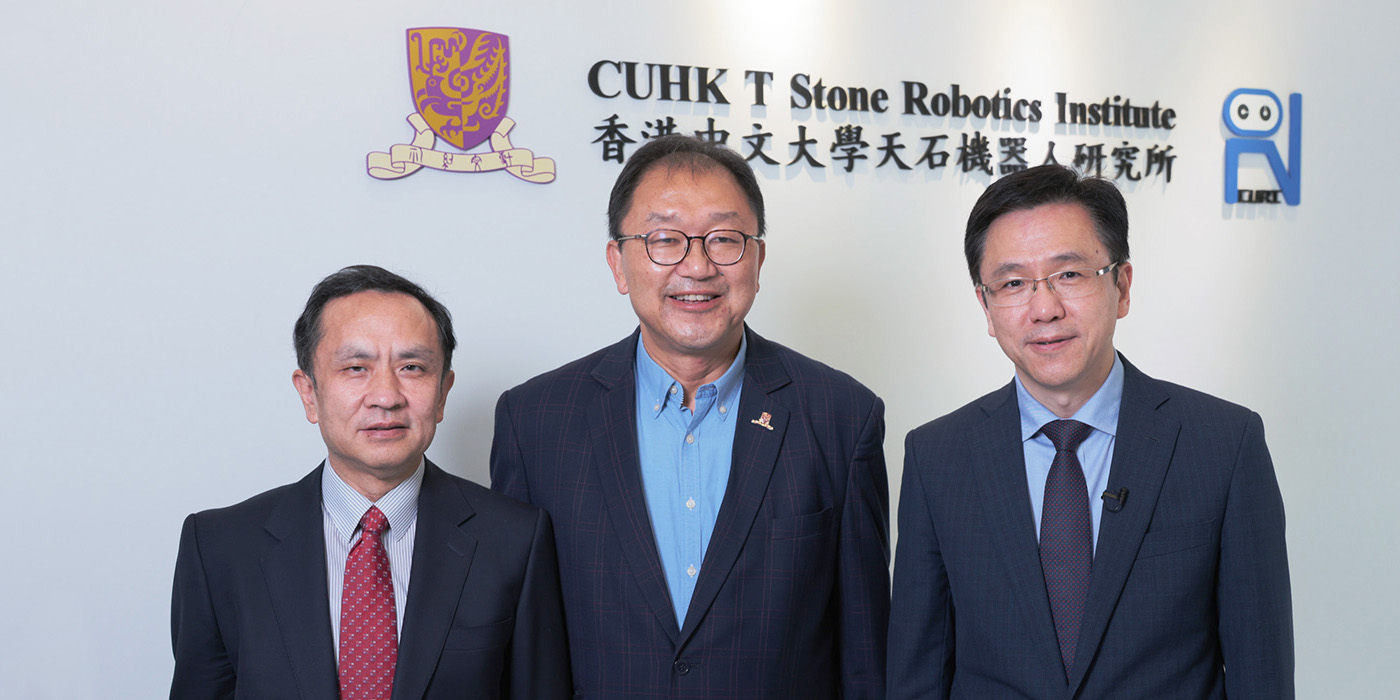
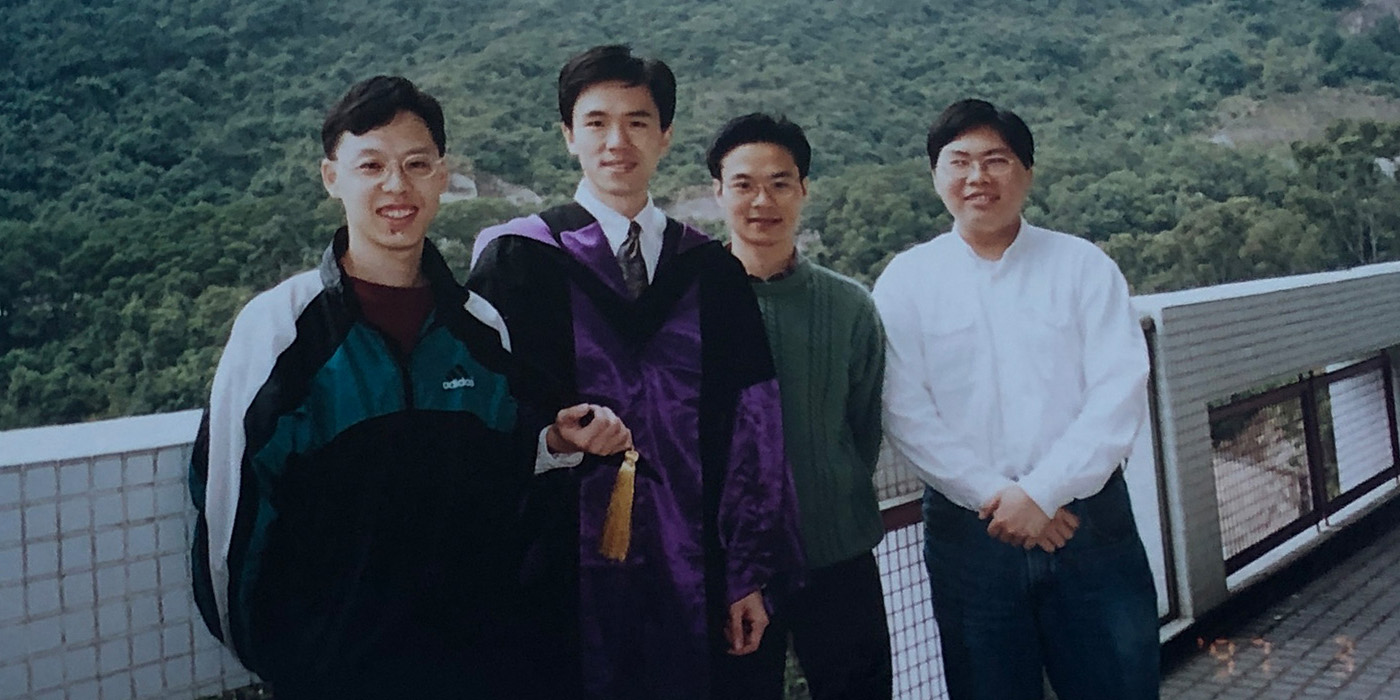
Professor Sun also has a lot of fond memories in one of the Postgraduate Halls, where he stayed throughout the three years of his study. Every weekend, after an intense week researching in the office and laboratories, he would gather with friends in the hall cooking dumplings and seafood they got from Tai Po. They are remembered as the “happiest days” in his life, he says.
Seafood, dumplings and those good old days at CUHK
Sun moved to the University of Toronto in Canada for post-doctoral research after obtaining his CUHK doctorate in 1997. He was given offers by several listed companies in Canada but he chose to take up a teaching post at the City University of Hong Kong. A pioneer in robotic manipulation of biological cells and robot control, he set up a startup at the Hong Kong Science Park in 2003 to facilitate knowledge transfer. The company’s patented invention of a P-beam sensor is used for the e-Channel auto-pass systems at Hong Kong’s boundary-crossing facilities. The sensor can detect a passenger passing the e-Channel and enable the system to control the opening and closing of the channel’s gate.
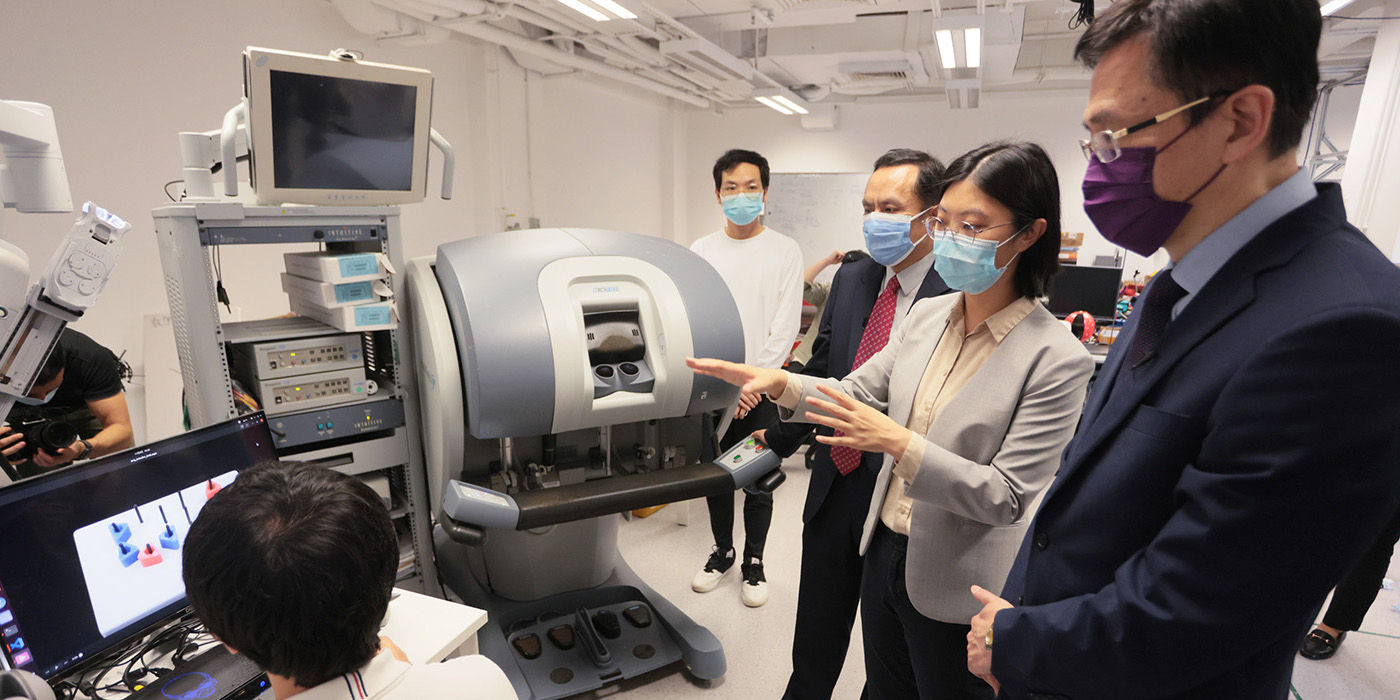
During his homecoming visit, the minister met Vice-Chancellor and President Professor Rocky S. Tuan at the Institute of Chinese Studies. Sun is impressed by CUHK’s contribution to innovation and technology in Hong Kong over the past few decades, noting that the University enjoys high global ranking in areas like artificial intelligence and computer science.
“The several InnoHK Centres established with support from CUHK have proved to be a huge success. The government will continue to offer support for research centres which have excelled,” Professor Sun says.
The minister pins high hopes on CUHK’s pioneering role in applying research discoveries to generate translational impact on a local, national and global scale. “Artificial intelligence unicorn SenseTime was founded by a CUHK professor and several startups which have the potential to become unicorns have also been set up by the University’s professors,” Sun says.
Roles of universities in the I&T Development Blueprint
Professor Sun, who will promulgate the Hong Kong I&T Development Blueprint next month, highlights the pivotal role played by local universities in achieving the vision of an international I&T centre. “But we must also nurture a complete I&T ecosystem to promote the development of innovation and technology,” he says.
“We have gone through a bumpy road in the development of innovation and technology in the past two decades. I hope our community remains true to our original aspiration and we stick to our guns no matter what happens in the years ahead. The development of innovation and technology is the crucial, and some even argue the only, opportunity for Hong Kong’s future.”
Professor Sun, who came to Hong Kong in the mid-1990s out of “a coincidence”, has set his sights on finding a new way for his second home which is at the turning point of its history.
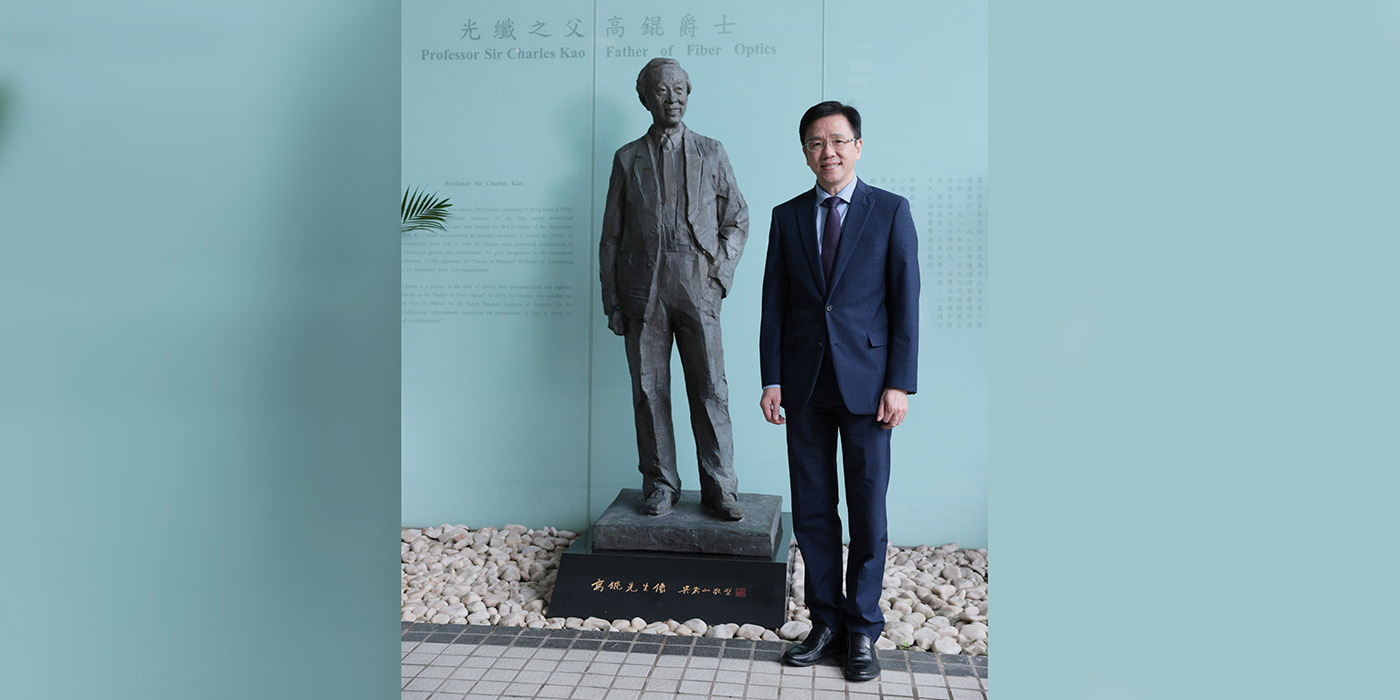
By Gary Cheung and Joyce Ng
Photos by Keith Hiro

